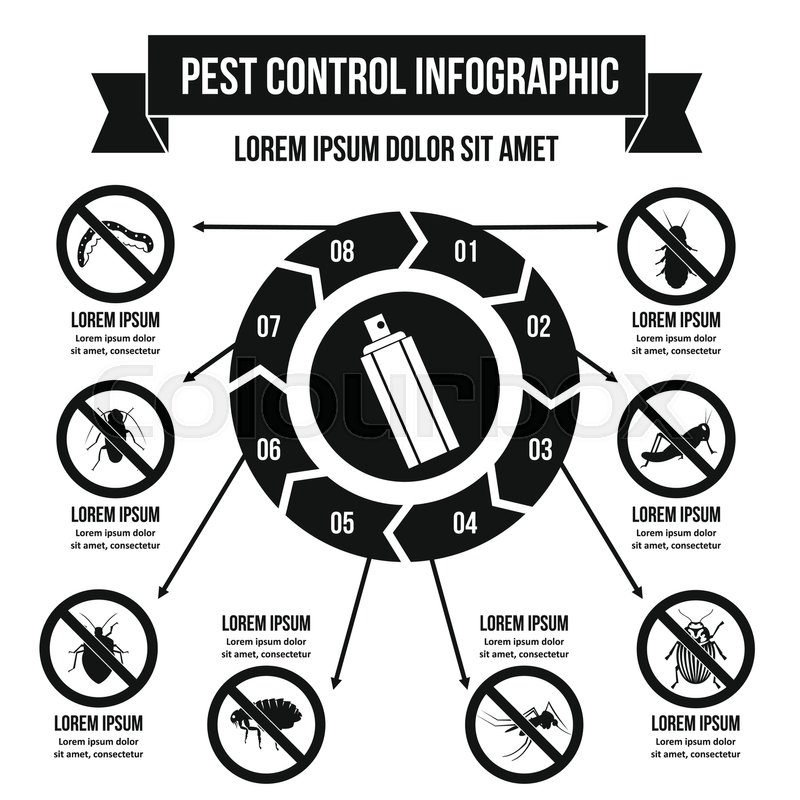Rodent-Proofing Your Attic: Crucial Tips For Homeowners
Rodent-Proofing Your Attic: Crucial Tips For Homeowners
Blog Article
Article By-McNeill Degn
Visualize your attic as a comfortable Airbnb for rats, with insulation as cosy as resort pillows and electrical wiring much more attracting than area solution. Now, envision these unwanted guests throwing a wild celebration in your house while you're away. As a home owner, ensuring your attic is rodent-proof is not nearly assurance; it's about securing your home and enjoyed ones. So, what basic actions can you require to safeguard your refuge from these furry intruders?
Examine for Access Information
To begin rodent-proofing your attic room, examine for entrance points. Begin by meticulously examining the outside of your home, searching for any type of openings that rats can make use of to get to your attic. Check for voids around utility lines, vents, and pipelines, in addition to any splits or openings in the structure or house siding. See to best home ant defense to pay attention to areas where various building products meet, as these are common entrance points for rats.
Furthermore, inspect the roofing system for any type of damaged or missing out on roof shingles, in addition to any type of voids around the edges where rats could squeeze via. Inside the attic, look for indications of existing rodent task such as droppings, ate wires, or nesting products. Make use of a flashlight to completely inspect dark corners and concealed rooms.
Seal Cracks and Gaps
Evaluate your attic completely for any type of cracks and gaps that require to be secured to avoid rodents from going into. Rodents can squeeze through even the tiniest openings, so it's crucial to seal any kind of possible entry points. Inspect around pipes, vents, wires, and where the wall surfaces meet the roofing system. Make spider treatment for house of a mix of steel woollen and caulking to seal off these openings properly. Steel woollen is an exceptional deterrent as rats can't chew through it. Make pop over here that all gaps are tightly secured to reject access to undesirable bugs.
Do not overlook the importance of sealing gaps around windows and doors also. Usage climate removing or door moves to seal these areas efficiently. Evaluate the locations where energy lines go into the attic room and seal them off utilizing an ideal sealant. By putting in the time to secure all fractures and gaps in your attic, you produce an obstacle that rodents will certainly discover hard to violation. Prevention is type in rodent-proofing your attic room, so be thorough in your efforts to seal off any kind of prospective access factors.
Eliminate Food Resources
Take aggressive actions to get rid of or store all potential food sources in your attic to hinder rats from infesting the room. Rodents are attracted to food, so eliminating their food sources is essential in keeping them out of your attic.
Below's what you can do:
1. ** Shop food securely **: Stay clear of leaving any kind of food products in the attic room. Shop all food in closed containers made of metal or durable plastic to prevent rodents from accessing them.
2. ** Clean up debris **: Remove any type of heaps of particles, such as old papers, cardboard boxes, or timber scraps, that rodents could use as nesting material or food sources. Keep the attic room clutter-free to make it less appealing to rats.
3. ** Dispose of rubbish correctly **: If you use your attic for storage space and have trash or waste up there, see to it to throw away it consistently and effectively. Rotting trash bin bring in rodents, so maintain the attic clean and devoid of any type of organic waste.
Final thought
In conclusion, bear in mind that an ounce of prevention is worth an extra pound of treatment when it comes to rodent-proofing your attic room.
By making the effort to examine for entry factors, seal fractures and spaces, and remove food sources, you can keep unwanted parasites at bay.
Bear in mind, 'An ounce of prevention is worth a pound of cure' - Benjamin Franklin.
Stay proactive and protect your home from rodent infestations.
